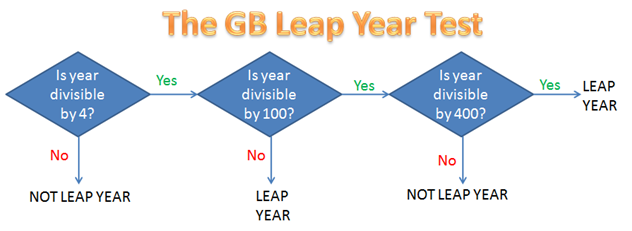Week in Review 2 – March 2012
It’s a sunny Sunday morning here in Manila, and we are starting to feel the heat of summer. April and May are the summer months here in the Philippines — the time for beach and swimming.
However, to those who want to stay at home today, here are the list of posts for this week for your reading pleasure.
- Math Teachers at Play 47
- GeoGebraWeb: GeoGebra for Tablets and Chrome Books
- Post by Categories
- The Mathematics of Leap Years Explained
- Microsoft Mathematics Tutorial Series
My Other Blogs
- The Use of Large Numbers
- A Mathematician’s Prayer
- The Odd Number Theorem (GeoGebra applet)
- Line through Two Points (GeoGebra applet)
- Improve your Vocabulary with WordWeb
GeoGebra Tutorials Update (now version 4.0)
- GeoGebra Tutorial 14 – Sliders and Circle Area Approximatoin
- GeoGebra Tutorial 15 – Circle-Area Approximation and Circumscribed Polygons
Explore Math and Multimedia
- The Mathematics Page
- The Multimedia Page
- The GeoGebra Tutorials Page
- GeoGebra 4.0 Tutorial Post
- The Archive Page (by month)
Subscribe & Share
That’s all for this week. Have a blessed Sunday!
